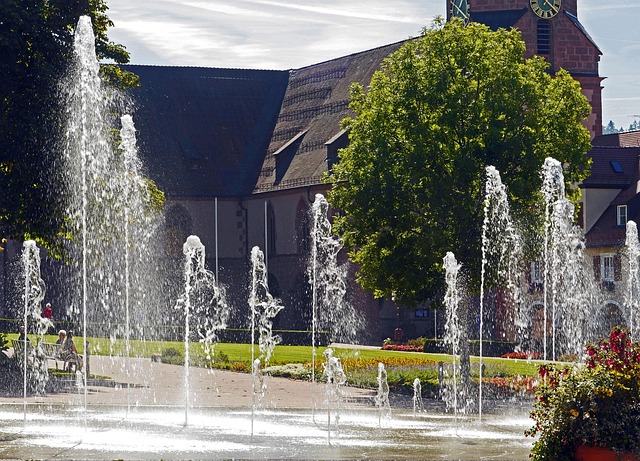Nurturing Nature: A Guide to Maintaining Urban Gardens
In the hustle and bustle of city life, our connection to nature can often feel diminished. However, urban gardens serve as vital green sanctuaries, allowing us to cultivate growth amidst the concrete landscape. The joy of nurturing a tiny piece of nature right in your backyard or balcony is exhilarating, but effective urban gardens maintenance is key to ensuring their health and longevity.
Understanding Your Urban Environment
Urban environments present unique challenges and opportunities for gardening. From limited space to varying sunlight exposure, understanding your specific setting is the first step in successful garden maintenance. Evaluate the microclimate of your area and consider factors such as air pollution and soil quality, which may influence your gardening choices.
Choosing the Right Plants
The selection of plants is crucial in urban gardens maintenance. Opt for hardy varieties that can withstand the urban climate. Native plants, perennials, and drought-resistant species are excellent choices, as they often require less water and are more resilient to urban stresses. Additionally, incorporating vertical gardening techniques can maximize your space while adding depth to your garden.
Soil Health and Fertilization
The foundation of any garden is healthy soil. Conducting a soil test can provide invaluable insights into its nutrient levels and pH balance. Improving soil health may require adding organic matter, such as compost, which not only enriches the soil but also promotes beneficial microorganisms. Regularly replenishing nutrients through natural fertilizers ensures that your plants flourish in the urban environment.
Watering Wisely
Watering is one of the most critical aspects of urban gardens maintenance. Due to the heat island effect often found in cities, plants can be particularly susceptible to drought. Employing methods like drip irrigation or self-watering pots can help conserve water while maintaining sufficient moisture levels. Early morning or late evening are ideal times for watering, minimizing evaporation and ensuring your plants receive the hydration they need.
Pruning and Harvesting
Regular pruning encourages growth and keeps your plants healthy. It’s a vital task that helps to remove dead or diseased branches, allowing for better air circulation and light penetration. Furthermore, if you’re growing herbs or vegetables in your urban garden, regular harvesting not only provides your kitchen with fresh produce but also stimulates further growth.
Support and Community Engagement
Urban gardening can sometimes feel isolating, but it doesn’t have to be. Engaging with the local gardening community can offer support, tips, and camaraderie. Consider joining community gardening groups or participating in local workshops, where passion for nature is shared and nurtured. Sharing your gardening journey with others can enhance your experience and broaden your gardening knowledge.
Joy in the Journey
Above all, maintaining an urban garden should be a source of joy and fulfillment. Each day spent tending to your plants is a step toward re-establishing your connection with nature. For those living in bustling cities, the act of nurturing a small green space can be profoundly restorative, offering an escape from the daily grind.
As you embark on your journey of urban gardens maintenance, remember that your green sanctuary can thrive with a bit of dedication, creativity, and community involvement. Embrace the beauty of cultivating life in unexpected places; after all, every garden, no matter how small, contributes to the greater ecosystem.




